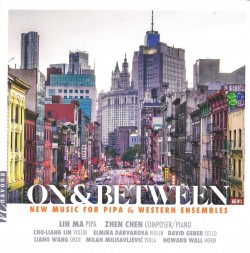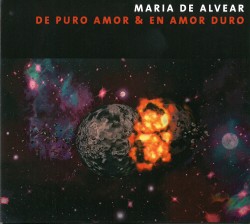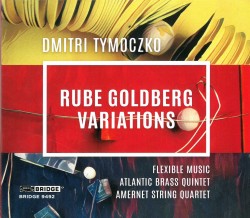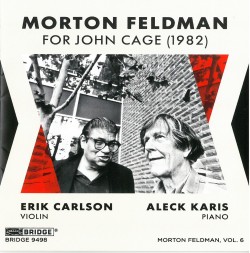RASP (trumpet in 19 divisions of the octave) - Stephen Altoft
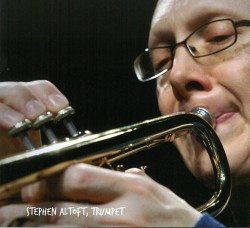 RASP (trumpet in 19 divisions of the octave)
RASP (trumpet in 19 divisions of the octave)
Stephen Altoft
Microtonal Projects MPR008 (microtonalprojects.com)
Stephen Altoft is an explorer who draws maps of musical terrain with his trumpet. The title track, his own composition Rasp, is a slow motion expansion from a breathy hiss to an intense broken buzz, like an angry housefly on a window pane. The logic of the progression is as stark as the material itself: a fearless opening statement and sensible at the same time, announcing to the listener “this is what I work with.”
The following tracks (especially the tenth, Studie by Manfred Stahnke) demonstrate the microtonal potential of Altoft’s remarkable customized trumpet. An extra valve and tubing permit him to divide the scale into 19 pitches without the guesswork of constantly adjusting a tuning slide mid-phrase. The effect is both comforting and disconcerting: one hears unusual pitches securely nailed instead of groped for, and wonders if one is hearing the “normal” tuned notes or the “altered.” And that’s the point, I believe – to re-normalize the various tunings that equal temperament has hidden behind its bland reductiveness.
I’d love to better understand the effects produced on many of the tracks. Electronics play a significant role in some, including the MalletKat, a digital marimba. Despite a promise on the jacket, I could unearth no information on the site about the 11 different composers or their pieces. Nevertheless, the succession of short pieces (none more than eight minutes, most five or less) provides a fascinating trip through this new (or forgotten) country.


